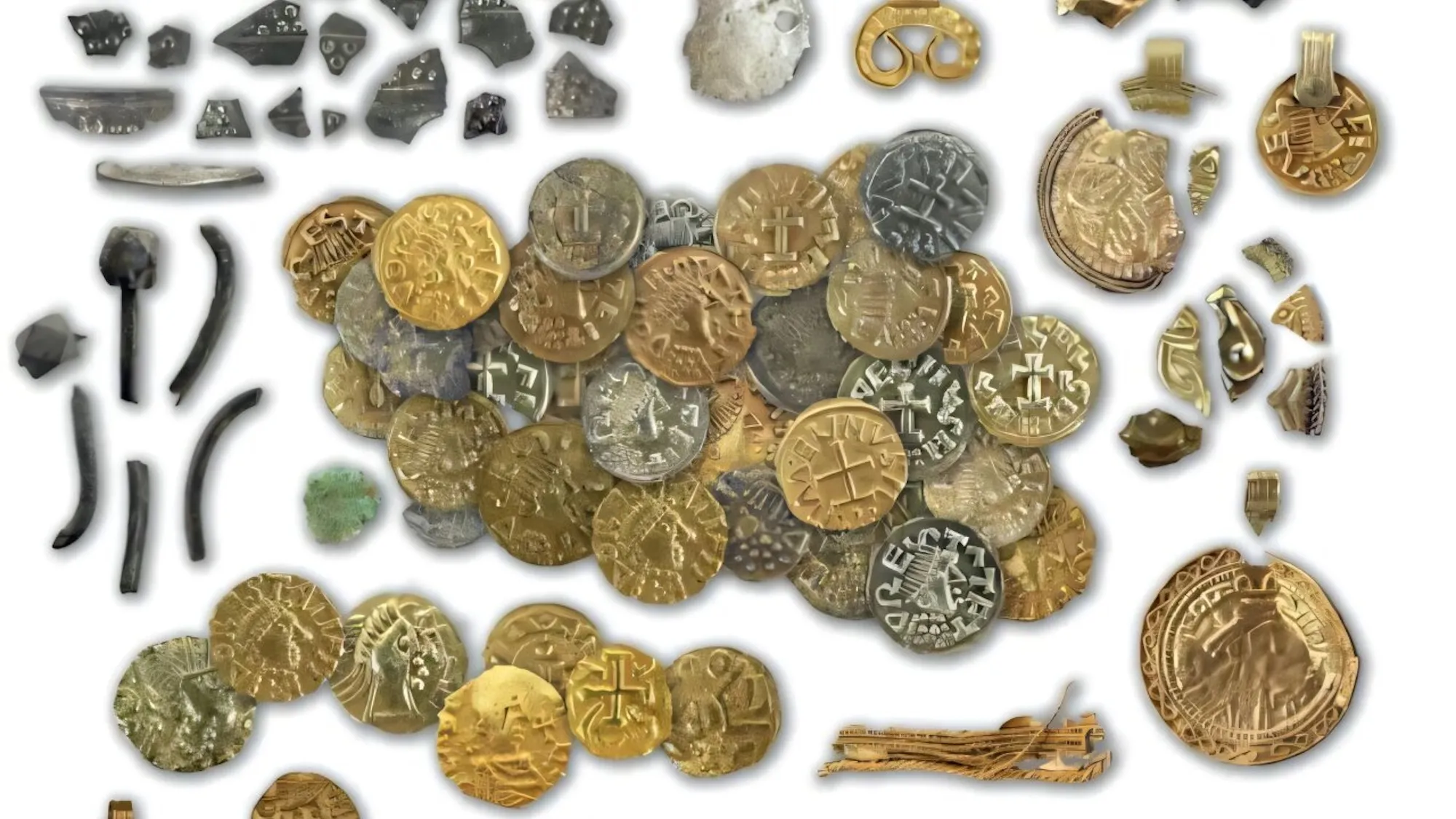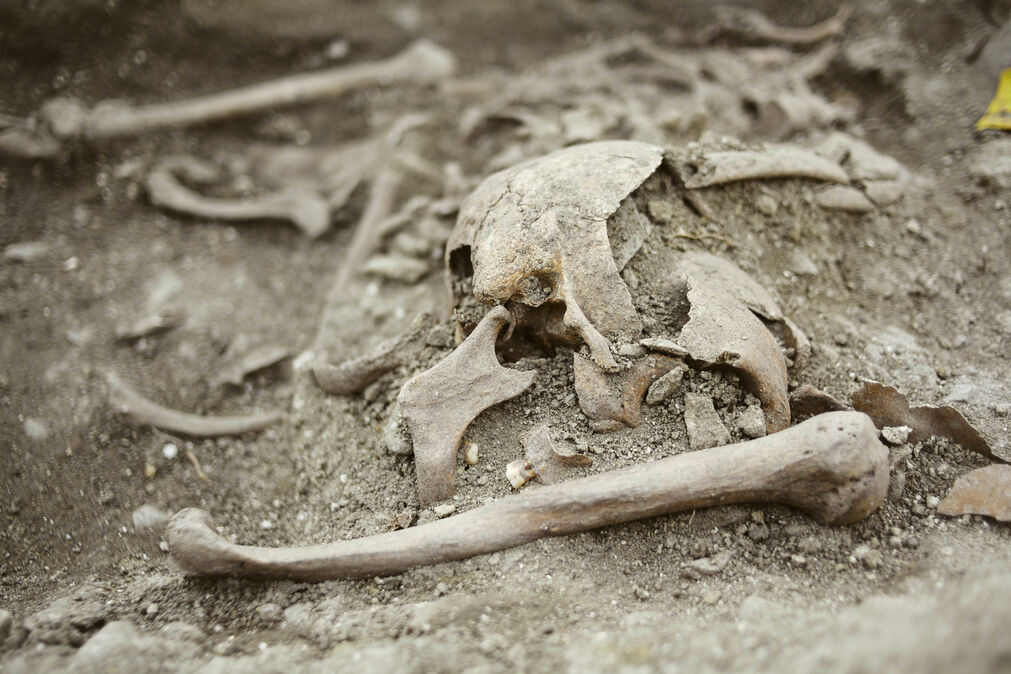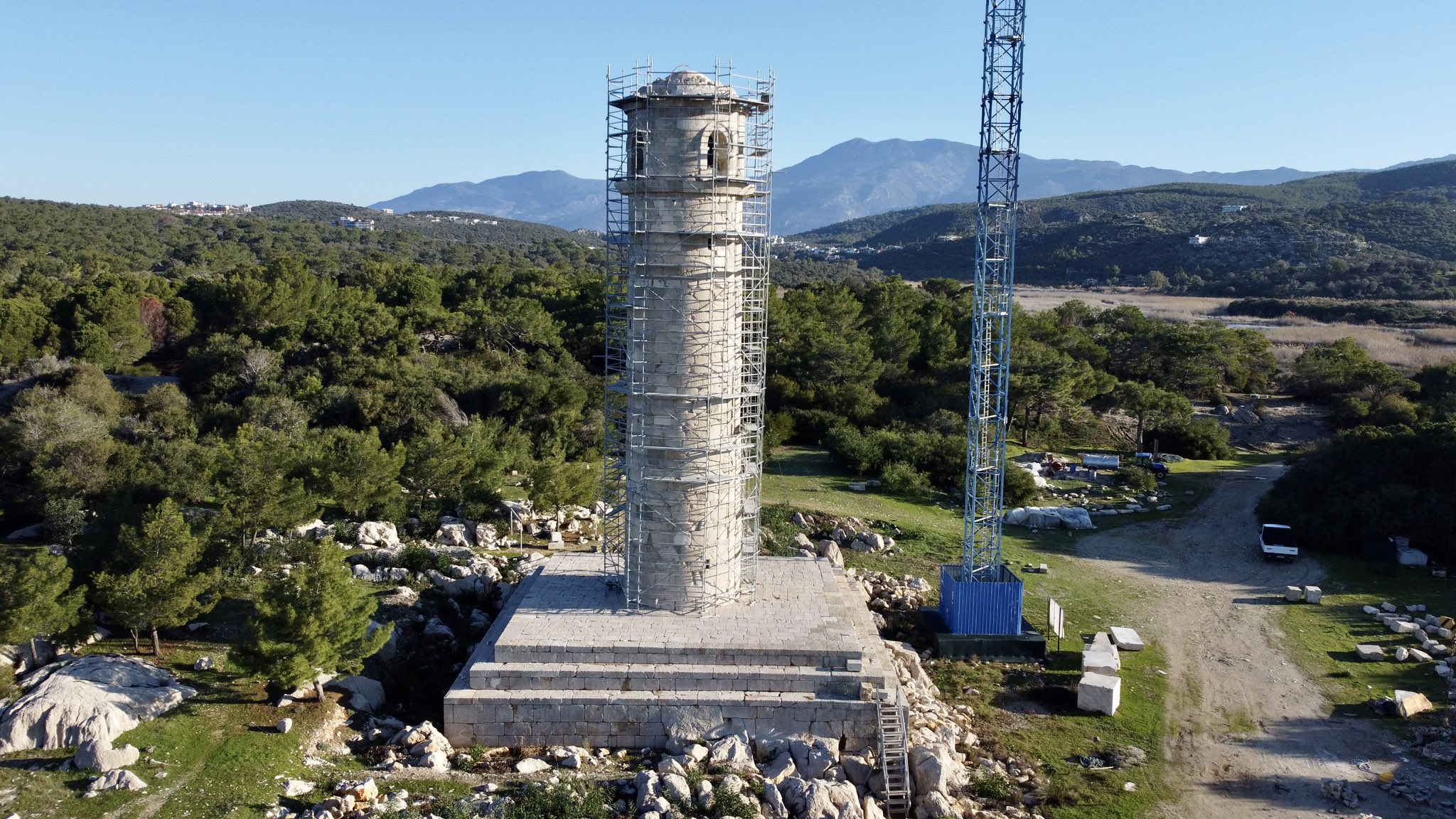In a significant archaeological find, researchers uncovered ‘Devil’s Money’ at an early medieval site in Eastern Netherlands. This area likely served as a cultural hub. The discovery began in 2019 when metal detector enthusiasts found numerous ancient coins in a field. After seeing the coins, archaeologists, including Jan-Willem de Kort from the Netherlands Cultural Heritage Agency, focused their efforts on excavating a complex they named Hezingen.
The artifacts revealed through the excavations provide insight into a pre-Christian society undergoing significant cultural change. The team published their findings in the journal Medieval Archeology. De Kort explained that the research became necessary due to threats from natural development. He noted, “We need to remove the topsoil to encourage the return of the original vegetation (heathland).”
The excavations revealed an unusually shaped building and a large circular structure with 17 wooden post holes surrounding a possible Herrenhof, the home of a wealthy local businessman. Archaeologists identified three specific locations within Hezingen where people made various offerings to the gods. Among these artifacts were gold and silver jewelry, as well as small gold coins known as “tremiss.” The alignment of the post holes indicates that they were carefully oriented to the spring and autumn equinoxes. This suggests that Hezingen likely served as a center for seasonal agricultural rituals and religious ceremonies.
De Kort noted, “The four rows of posts align perfectly east-west. Due to the high elevation, the sun rises directly from the east during the spring equinox.”
The identities of the local gods and goddesses remain uncertain, but medieval missionary texts provide clues about them. The Christian missionaries did not endorse these deities. De Kort and his co-authors explained, “The gods worshipped in Hezingen may be inferred from a Saxon baptismal vow recorded in a 9th-century codex. This vow mentions the gods UUôden (Wodan), Thunær (Donar), and Saxnōte (Saxnot), from whom the reader must renounce.”
Missionaries expressed concern about the gold and silver offerings they called “Devil’s Money.” Offering such extravagant gifts to the gods was uncommon among most medieval people in the Netherlands. De Kort remarked, “I believe local elites primarily used this cult site to emphasize their status, and they did this with particularly valuable items.”
Archaeologists estimate that these elites abandoned the Hezingen area by the late 7th or early 8th century. This timing is intriguing in a broader historical context. The team notes that some of the first Christian missionaries, Plechelmus and Lebuinus, passed through the region around AD 760. They also consecrated the first Christian churches around the same time. However, Christianity did not become widespread in the Netherlands for at least another century. This suggests that visitors to Hezingen may have been among the first to abandon ‘Devil’s Money’ in favor of the new religion.
Several theories may explain the decline of Hezingen. The area may have been abandoned by local missionaries or desecrated, with nearly all valuables taken. Another possibility is that thieves looted the site.
Cover Image: A selection of finds from Hezingen. Jan-Willem de Kort et al.





